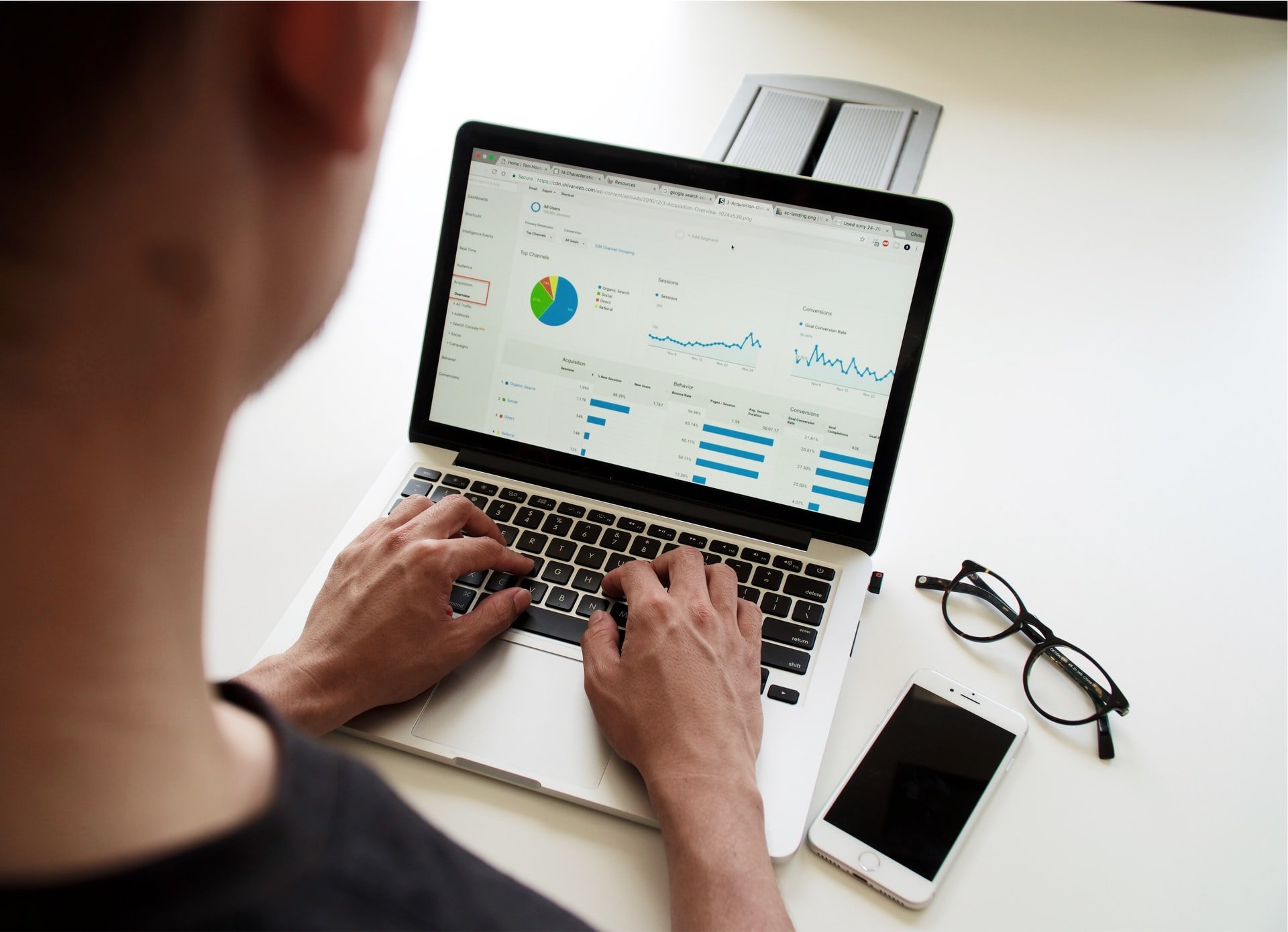A correct unit of measurement is the basis of everything
When you can measure what you are talking about, and express it in numbers, you can claim to know something about it; if, however, you cannot measure it, if you cannot express it in numbers, your knowledge will be poor what and unsatisfactory: perhaps a beginning of knowledge, but not enough to advance your thinking to the stage of science, whatever the subject may be.
These are the words of Lord Kelvin, a British physicist and engineer of the first half of the 19th century, best known for developing the Kelvin Scale (K) for measuring absolute temperature. An observation that is always relevant, whatever the field of application.
What and how to track?
At Baasbox we have always paid special attention to metrics, applied, in our case, to digital projects. Which has allowed us, over the years, to have numerous benchmarks on which to base totally data-driven decisions. Depending on the digital project being developed, it is more or less easy to find useful data. Generally, the larger and more complex a product is, the more questions need to be asked about whether or not it makes sense to track certain dynamics.
Tracking on websites
If our product is, for example, a blog, key analytics will be guided by the following questions.
From what device are users using the website?
This metric is useful for understanding whether our users are coming from smartphones, tablets, desktops or other devices (such as smart TVs) and help us make decisions about potential new website developments to accommodate their needs. Should 80 percent of visitors read articles from mobile, does it really make sense to invest time and resources to improve the desktop experience? Or, if the typical user primarily uses a smart TV to view the website-as with fitness-focused blogs-how do you make sure the product maintains a good user experience even at high resolutions?
What traffic channel are the accesses coming from?
A particularly useful question for monitoring whether any marketing investments are performing as expected. Through a number of techniques and tools, which we will touch on later, we will see how to track the number of visitors reaching the website from a variety of sources, including:
- search engines
- social networks
- single post on a social network
- flyers, books, magazines
- paid advertising on Facebook, Twitter, etc.
What is the bounce rate?
This expression refers to the ratio of sessions in which only one page was viewed to all sessions. The higher the bounce rate, the more users will run away from the website after viewing the page where they landed. The goal, of course, is to hook the user and keep them within the website as long as possible, pushing them toward a specific action, such as a CTA.
Other fundamental questions to ask are:
- What are the most viewed pages and content?
- How long do users stay on the site on average?
- How old are they?
- From what regions or countries do they view the site?
Getting these metrics is quite simple: just install a tracking script within the website. You can then go so far as to track even the individual CTAs of a landing page to understand which one converts the most. This is a particularly useful approach in A-B testing.
Tracking in web app or app.
Should you want to track user behavior in a web app or application (if you do not know the difference, I invite you to read this article of mine), things get slightly more complicated. Indeed, a more complex integration will be required than a simple script to be placed in the footer of the website. Fortunately, most tracking tools provide SDKs, which allow developers to trigger events from the application to track various actions performed within the application.
Indeed, it is possible to trigger events whenever a user clicks on a button, accesses a detail page, downloads a file, starts a video, and more.
The main tools available.
Among the tools we use most here at Baasbox, I would like to point out the following two: Google Analytics and Hotjar. The former is a free service provided by Google, used by 56.8% of websites (34.4% do not use any tracking tool). Useful for tracking all the metrics anticipated in the previous paragraphs, it can be integrated with Google Ads to cross-reference analytics with the performance of a given marketing campaign. Google Analytics also provides SDKs to track events from Android and iOS Apps as well.

Used by 3.7 percent of websites, Hotjar, on the other hand, is a paid service (but with free plans) that differs from Google Analytics in that it provides heatmaps (heat maps) of pages to monitor the behavior of all users and record, if necessary, the actions they take on the website. In short, Hotjar provides crucial information to be able to optimize digital projects.

In light of the above, it goes without saying that at Baasbox we think you cannot improve something that is not measurable. That is why we place special emphasis on developing and integrating effective tools within our digital products.
If you are interested in improving the performance of your digital project, ask us for a consultation!
Contact us
Matteo Errera, Developer and CTO of Baasbox, passionate about technology and aviation. He spends his free time between clouds and lines of code.
Back to magazine


